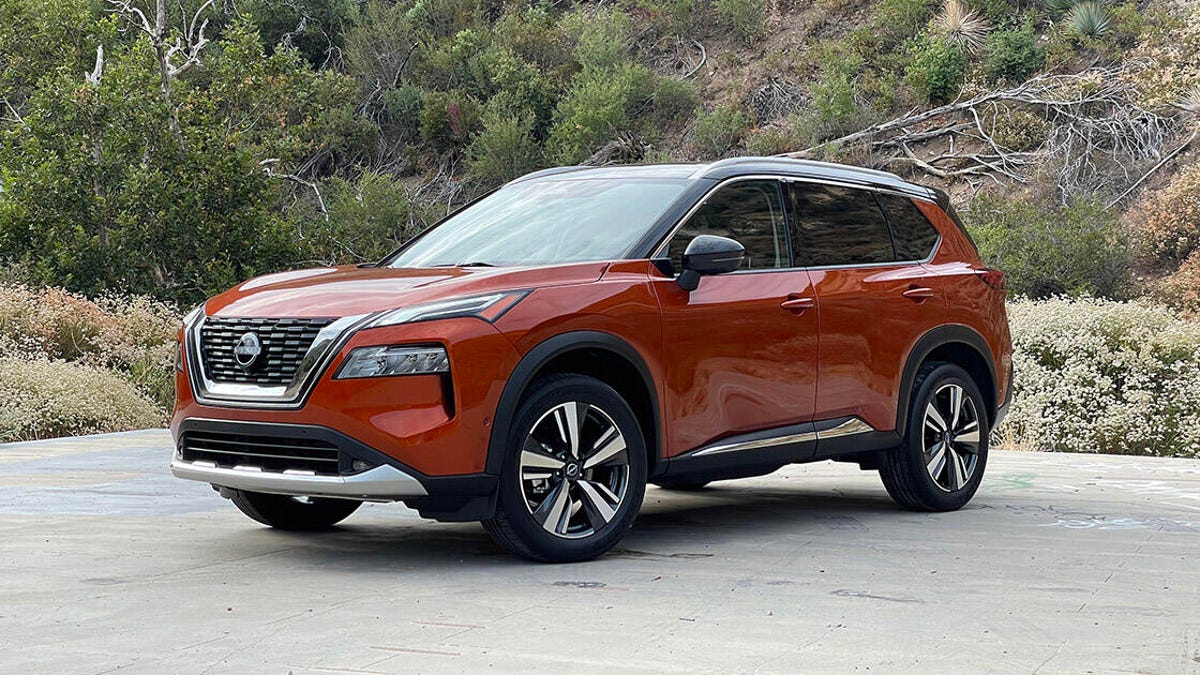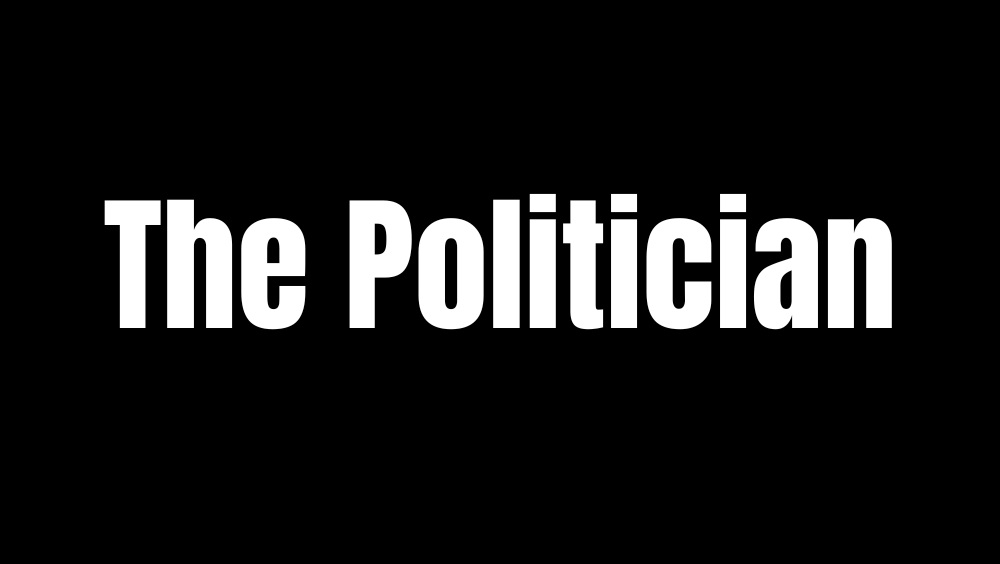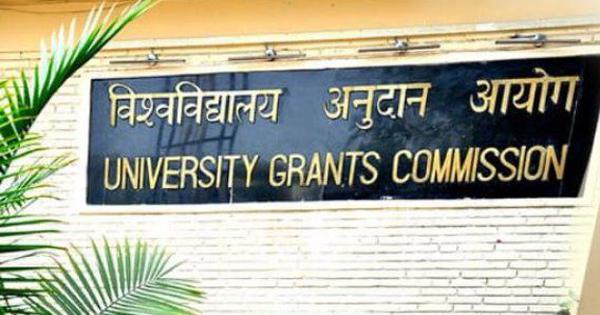As US shuts doors to H1-Bs, China rolls out K visa program to attract international STEM talent: All you need to know
On 19th September 2025, US President Donald Trump, signed a proclamation titled Restriction on Entry of Certain Non-immigrant Workers. Under the new rule a US $1,00,000 payment on new H-1B visa petitions is to be submitted by aliens outside the US. Talent, however, always finds takers. While Trump chose to placate his MAGA support base, China has opened its doors for global STEM talent by introducing the K-Visa program. In a recent press conference, China’s Foreign Ministry Spokesperson, Guo Jiakun, stressed the significance of cross-border talent exchange in a “globalised world”. He emphasised that China intends to foster innovation and career opportunities for talented international professionals across various sectors. “In a globalised world, cross-border flow of talents is instrumental in global technological and economic advancement. China welcomes talents from various sectors and fields across the world to come and find their footing in China for the progress of humanity and career success,” Guo Jiakun said. What is the K visa program? In August this year, China announced a new visa category aimed at attracting young professionals in the STEM (Science, Technology, Engineering, Mathematics) fields and foreign professionals involved in education and research in STEM-related fields would qualify. This came after the approval by the State Council of an amendment to the country’s entry and exit regulations. Notably, the new K visa rules will take effect on 1st October 2025. Premier Li Qiang has signed a decree to implement the new policy. The K Visa will be introduced under China’s ordinary visa classifications. Eligible young sci-tech professionals who meet the criteria laid out by the relevant Chinese authorities and provide the required documentation can access this visa. In comparison to China’s existing g 12 standard visa types, the K visa will provide more flexibility, including multiple entries, extended validity periods, and longer permitted stays. K Visa holder in China will be allowed to partake in academic and cultural exchanges, scientific research, technology development, entrepreneurship, and related business activities. Moreover, the K Visa applicants will not be required to be invited by a Chinese employer or institution. If the applicants fulfil the age, education, and work experience criteria, they can apply independently through a simplified process. Be it Artificial Intelligence, quantum or bio-tech, China cannot solely rely on domestic talent and needs to attract top-tier international talent. Welcoming the K visa program, Yin Chengzhi, Associate Professor & Associate Dean, School of Public Policy and Management, Tsinghua University, said, “For universities like us, it will be much easier in the future to attract top tier, international faculty researchers and post doctoral fellows. It may also accelerate innovation in critical fields like AI, biotechnology for the research institutes, especially in the private sector. In the long term, it could enhance the research and development capabilities, foster the creation of new high growth industries and improve the competitiveness of China’s industries”. Notably, before K visa this year, China had introduced an R visa in 2013, for high-level talent. China is trying to benefit from Trump’s policies, by attracting talents that would have gone to the US As Donald Trump is antagonising allies and partners just to mollify his MAGA support base and arm-twist these nations into agreeing to his terms, China is using Trump’s high-handedness to its benefit. With K visa program, China not only seems to have intentions of promoting scientific exchanges but also foster soft diplomacy and position Beijing as an open hub amid global visa tightening. This could redirect talent flows from South Asia and beyond. Apparently, China wants to siphon high-skilled workers from countries like India, given 70% of H1-B visa holders in the US are highly-talented Indians. This, however, might trigger geopolitical tensions since this move will exacerbate talent shortages in tech sectors of ‘rival’ countries. China, however, has its own set of issues like economic slowdown, high youth unemployment, and real estate crisis. It remains to be seen how successful the K visa program becomes in the coming times.



On 19th September 2025, US President Donald Trump, signed a proclamation titled Restriction on Entry of Certain Non-immigrant Workers. Under the new rule a US $1,00,000 payment on new H-1B visa petitions is to be submitted by aliens outside the US. Talent, however, always finds takers. While Trump chose to placate his MAGA support base, China has opened its doors for global STEM talent by introducing the K-Visa program.
In a recent press conference, China’s Foreign Ministry Spokesperson, Guo Jiakun, stressed the significance of cross-border talent exchange in a “globalised world”. He emphasised that China intends to foster innovation and career opportunities for talented international professionals across various sectors.
“In a globalised world, cross-border flow of talents is instrumental in global technological and economic advancement. China welcomes talents from various sectors and fields across the world to come and find their footing in China for the progress of humanity and career success,” Guo Jiakun said.
What is the K visa program?
In August this year, China announced a new visa category aimed at attracting young professionals in the STEM (Science, Technology, Engineering, Mathematics) fields and foreign professionals involved in education and research in STEM-related fields would qualify. This came after the approval by the State Council of an amendment to the country’s entry and exit regulations.
Notably, the new K visa rules will take effect on 1st October 2025.
Premier Li Qiang has signed a decree to implement the new policy. The K Visa will be introduced under China’s ordinary visa classifications.
Eligible young sci-tech professionals who meet the criteria laid out by the relevant Chinese authorities and provide the required documentation can access this visa. In comparison to China’s existing g 12 standard visa types, the K visa will provide more flexibility, including multiple entries, extended validity periods, and longer permitted stays.
K Visa holder in China will be allowed to partake in academic and cultural exchanges, scientific research, technology development, entrepreneurship, and related business activities.
Moreover, the K Visa applicants will not be required to be invited by a Chinese employer or institution. If the applicants fulfil the age, education, and work experience criteria, they can apply independently through a simplified process.
Be it Artificial Intelligence, quantum or bio-tech, China cannot solely rely on domestic talent and needs to attract top-tier international talent. Welcoming the K visa program, Yin Chengzhi, Associate Professor & Associate Dean, School of Public Policy and Management, Tsinghua University, said, “For universities like us, it will be much easier in the future to attract top tier, international faculty researchers and post doctoral fellows. It may also accelerate innovation in critical fields like AI, biotechnology for the research institutes, especially in the private sector. In the long term, it could enhance the research and development capabilities, foster the creation of new high growth industries and improve the competitiveness of China’s industries”.
Notably, before K visa this year, China had introduced an R visa in 2013, for high-level talent.
China is trying to benefit from Trump’s policies, by attracting talents that would have gone to the US
As Donald Trump is antagonising allies and partners just to mollify his MAGA support base and arm-twist these nations into agreeing to his terms, China is using Trump’s high-handedness to its benefit.
With K visa program, China not only seems to have intentions of promoting scientific exchanges but also foster soft diplomacy and position Beijing as an open hub amid global visa tightening. This could redirect talent flows from South Asia and beyond. Apparently, China wants to siphon high-skilled workers from countries like India, given 70% of H1-B visa holders in the US are highly-talented Indians. This, however, might trigger geopolitical tensions since this move will exacerbate talent shortages in tech sectors of ‘rival’ countries.
China, however, has its own set of issues like economic slowdown, high youth unemployment, and real estate crisis. It remains to be seen how successful the K visa program becomes in the coming times.



























































































































